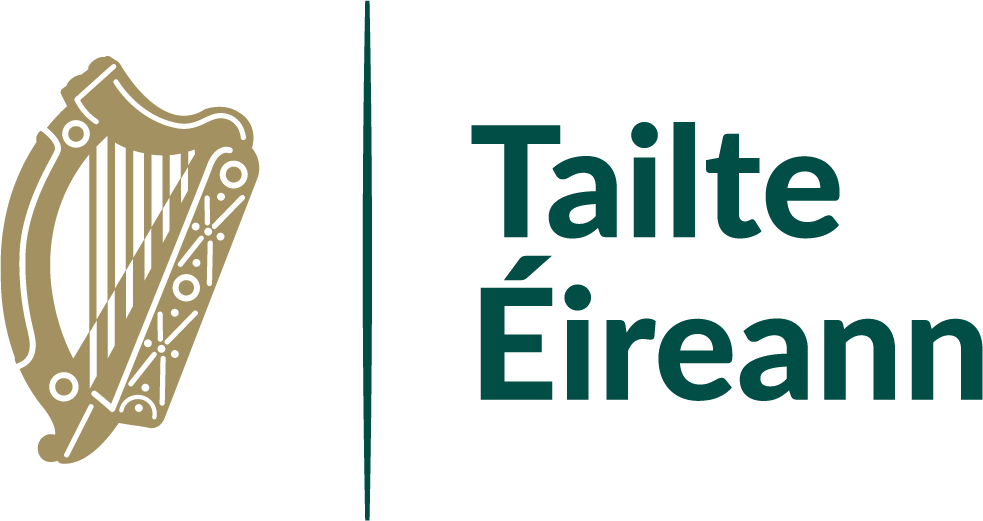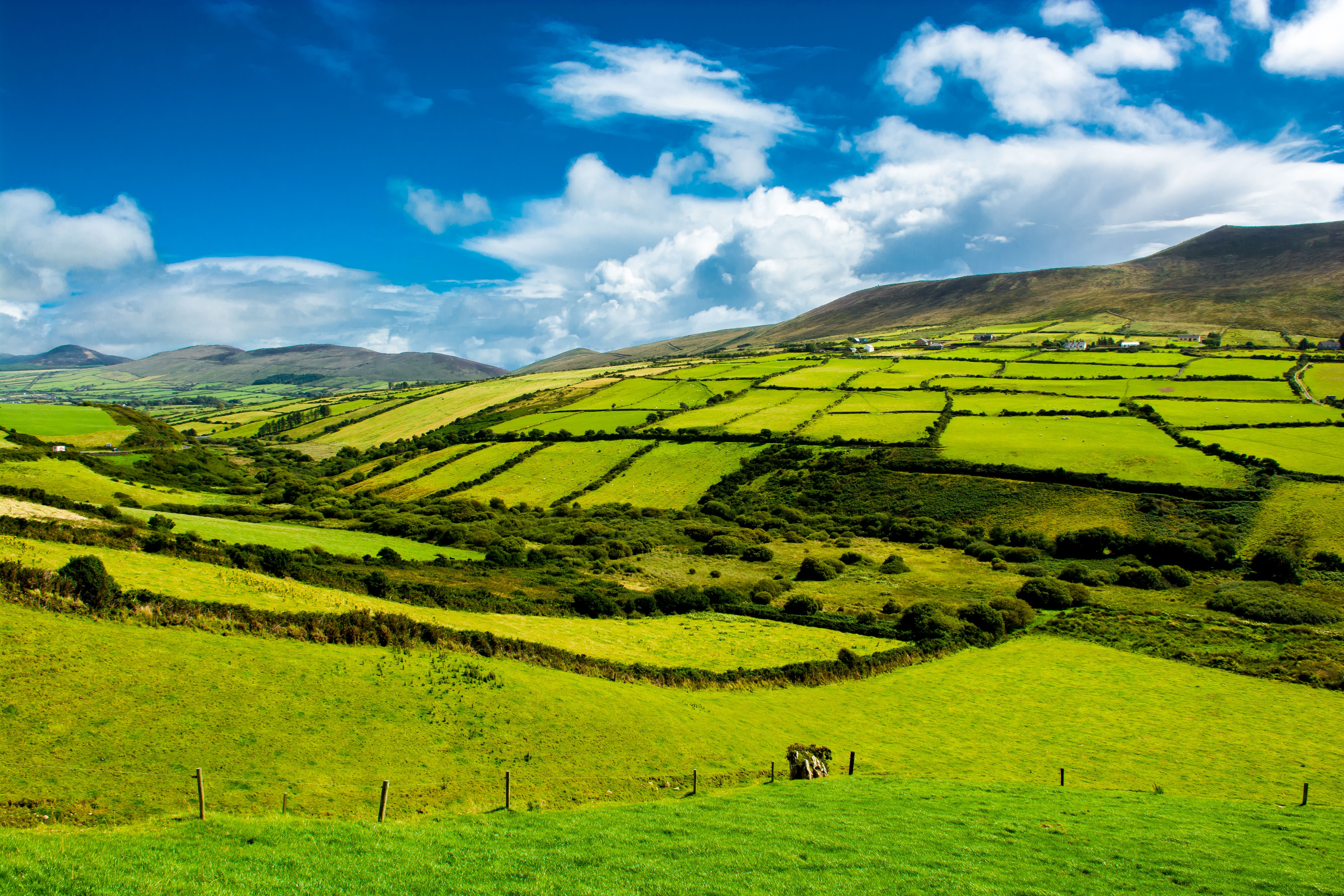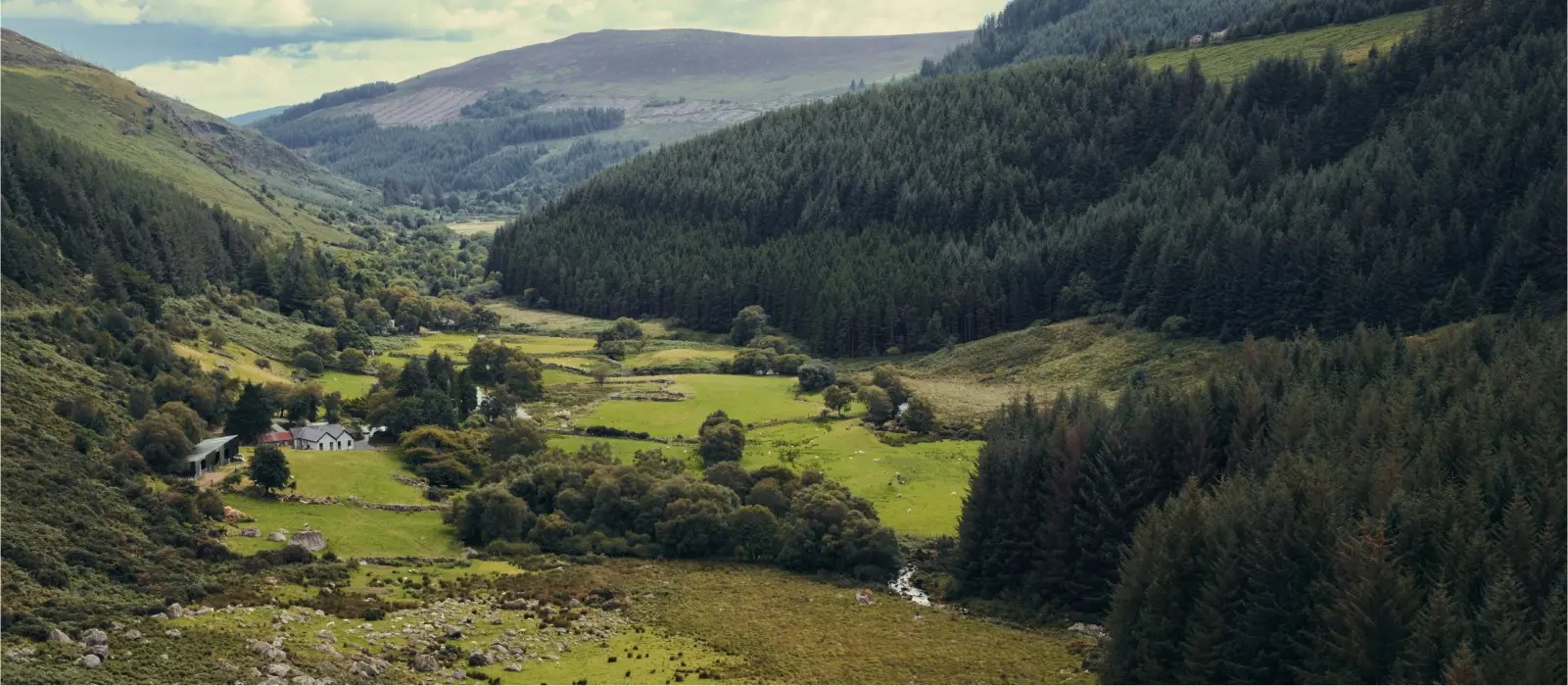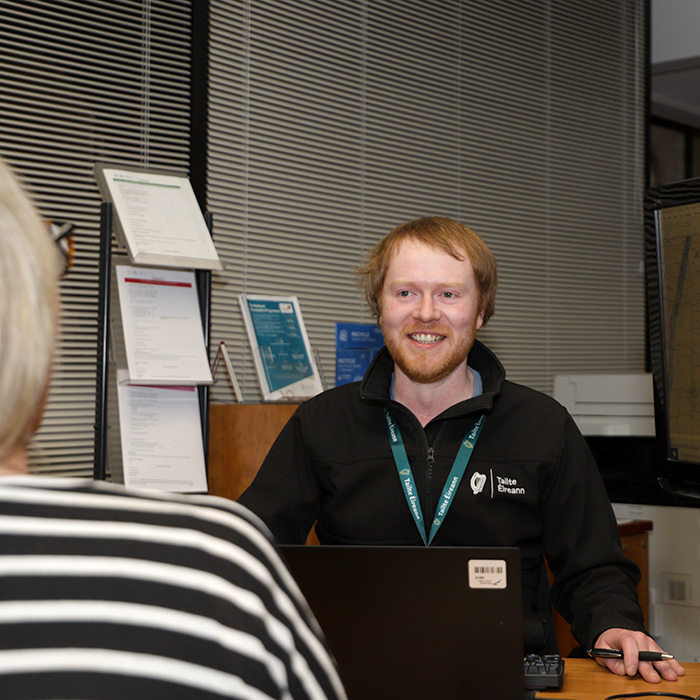We are an independent Government agency under the aegis of the Department of Housing, Local Government and Heritage. Tailte Éireann was formally established under the Tailte Éireann Act in December 2022.
While our name may be relatively new, we have a long and deeply rooted connection to the land of Ireland, dating back to the establishment of the Registry of Deeds in 1708 and the first survey map of the island of Ireland which began in 1824.
We have a team of over 900 staff members based in nine locations across the country, dedicated to providing an efficient, customer focused service. Our team is made up of a broad range of Civil Servants, including Solicitors, Valuers, Surveyors, Archivists, with decades of collective experience in their respective areas. Read more about the team, and opportunities to join us, in our Careers section.





